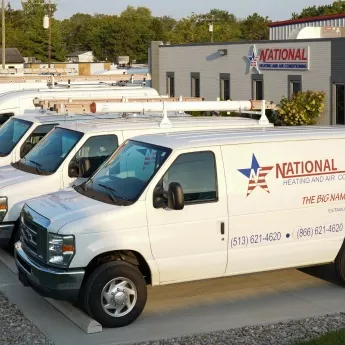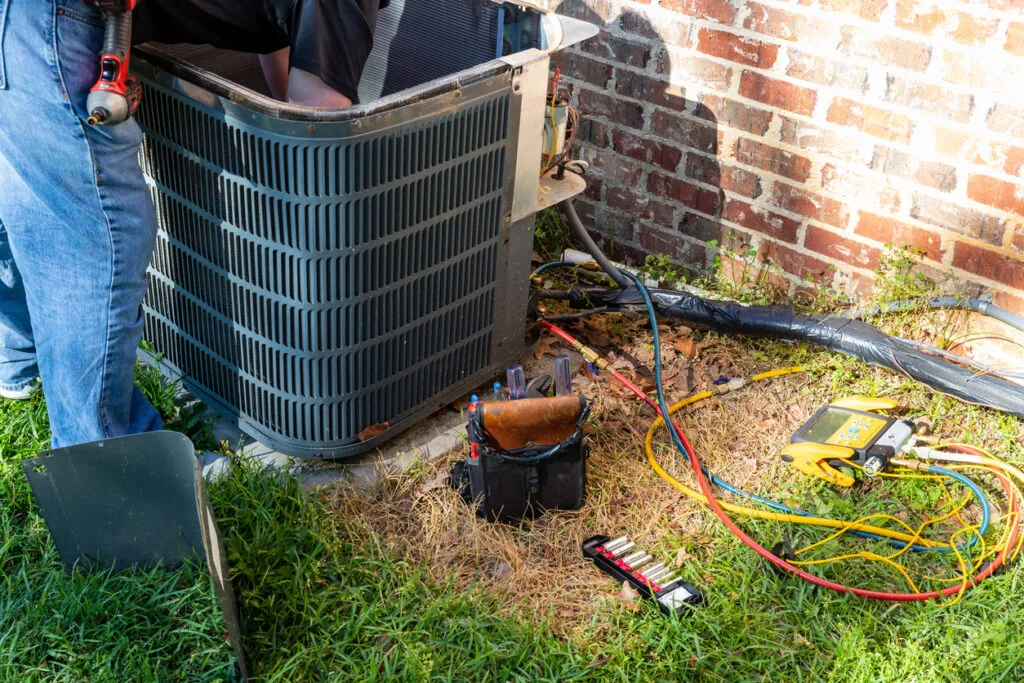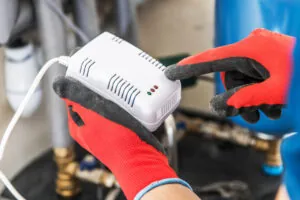Why Is My House Drafty?
A drafty house doesn’t just make you uncomfortable inside your home. Drafts suck your energy dollars right through the cracks and crevices you didn’t even know you had.
You might think old doors and windows are the culprit, but hidden problems with your insulation and ductwork may be to blame for costly air leakage.
What Is an Energy Audit?
Don’t worry about the negative reaction you get when you hear the word “audit.” An energy audit is actually an effective tool in identifying where the drafts in your home are coming from. A technician inspects every part of your home using infrared thermography to find air leaks. Infrared thermography utilizes cool infrared cameras to detect air leaks in walls, crawlspaces and in the attic.
A technician can also use a blower to measure exactly how much air is leaking through these cracks. After finding the weak spots and identifying areas where insulation is degrading or missing, we’ll offer up a plan to seal the leaks and make your home as energy-efficient as possible.
What Are the Best Options for Eliminating Drafts?
New Insulation
Over time, the insulation in your home’s walls and attic will degrade and settle, leading to drafts, higher energy bills, uneven temperatures and indoor air quality problems. In some cases, the insulation was incorrectly installed.
Air Sealing
Air leakage is the biggest cause of energy waste in American homes and commercial buildings. Unseen gaps and crevices leak about the same amount of air as leaving a window open year round while operating your HVAC unit.
Eliminating air leakage will make your home more comfortable and energy efficient, especially in the attic and crawlspaces. Air sealing in conjunction with new insulation is the most efficient way to reduce air leakage in your home.
Duct Sealing
Air leaks from ductwork occur in more than 90 percent of America’s homes and businesses. Plugging the leaks in your ductwork can fill the gaps where air is seeping out and dramatically improve the efficiency of your home’s HVAC systems.
Is Air Leakage Killing Your Furnace or Air Conditioner?
You and your family aren’t the only ones who suffer when your home has air leaks. Your HVAC systems — your furnace and air conditioner — have to work overtime to compensate for heat loss in winter and cool air loss in summer. That takes a toll on your HVAC units, leading to avoidable repairs and a shorter HVAC life expectancy.
While proper insulation and air sealing are a good first step to give your HVAC units a break, signing up for an annual HVAC maintenance program is a good idea, too. It’ll give our technicians a chance to spot a worn-out furnace or air conditioner early and make repairs before a catastrophic failure. Routine AC and furnace maintenance also keeps your HVAC systems running at their peak.
Request Service
Fill out our contact form, and one of our team members will reach out to you shortly!
Request Service





